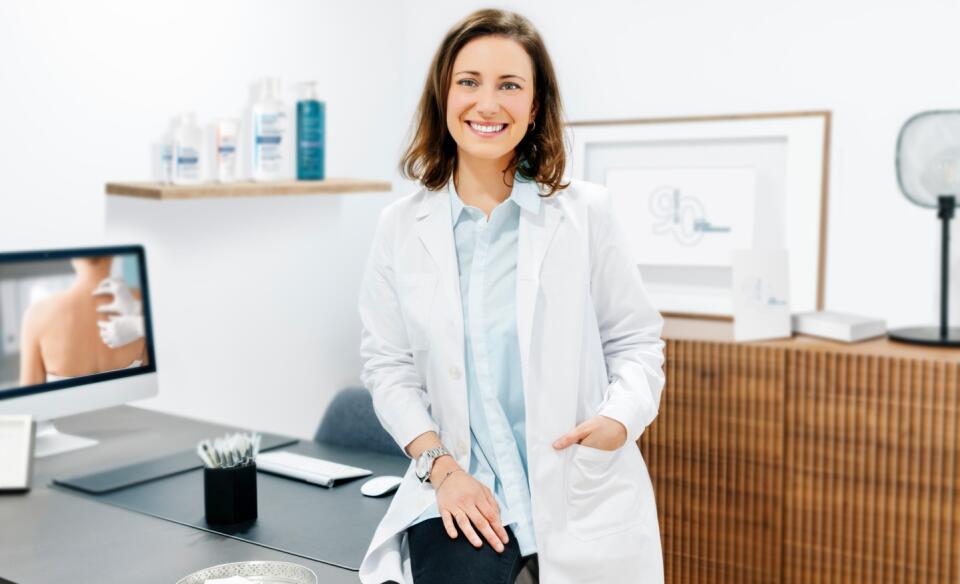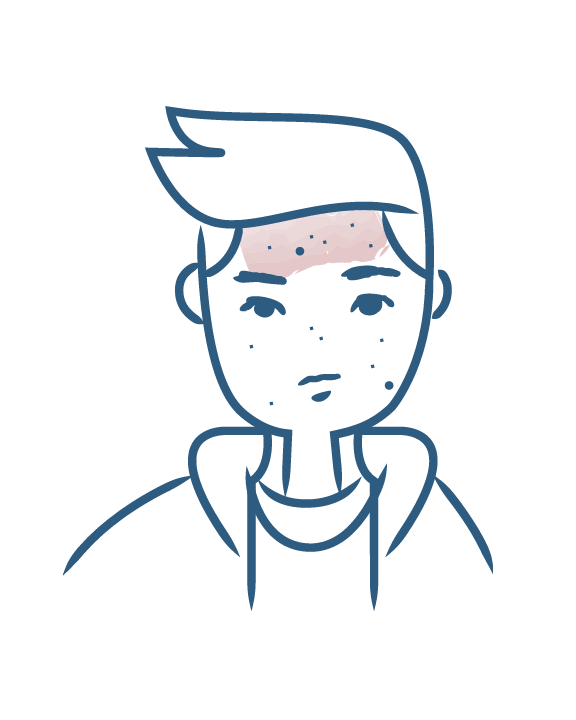-
Your concerns
Our articles to help you gain a better understanding
-
Our solutions
-
Ducray Dermatological laboratories
Our articles to help you gain a better understanding

Acne fulminans is the rarest but also the most severe form of acne. Unlike other forms of acne which are chronic, acne fulminans is an acute form of the disease. Acne fulminans appears abruptly, mainly in boys during adolescence.

Summary
Acne fulminans occurs in subjects with or without pre-existing acne. It can be triggered by taking certain acne medications such as oral retinoids. You must therefore stay vigilant at the start of treatment. Doses are gradually increased based on the patient's tolerance.
Acne fulminans is characterized by numerous, frequently large skin lesions on the face and torso: these are inflammatory nodules accompanied by ulcerated, necrotic and hemorrhagic lesions.
Acne fulminans is unique in that it is accompanied by general, extra-cutaneous symptoms, whereas in other acne types, the symptoms are limited to the skin. As a result, the patient suffers from muscle and joint pain, fever, a deterioration in their general health, and biological health problems.
Acne fulminans must be treated quickly in hospital to avoid the skin (scars) and extra-cutaneous areas (especially the joints) being affected. Any medication that may be causing acne fulminans must be stopped. Acne fulminans treatment is essentially based on general cortisone and oral retinoids, initially in low doses. This treatment method may seem somewhat paradoxical given that we know that cortisone promotes acne flare-ups and that oral retinoids cause acne fulminans. Nevertheless, they are the preferred treatments to fight inflammation as well as skin lesions and the risk of scars.
Oily or acne-prone skin

Oily or acne-prone skin
NEWSLETTER
Dermatological expertise
To better understand your skin and hair, discover our exclusive content and innovative care products designed to improve your quality of life..